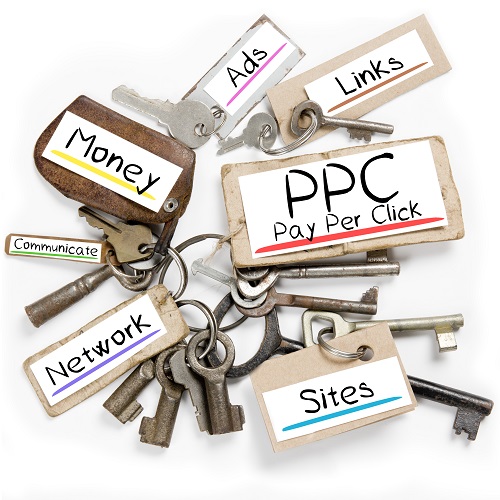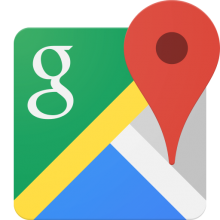 Ready to take your online presence to new heights? Dive into the world of Paid Search and supercharge your visibility!
Ready to take your online presence to new heights? Dive into the world of Paid Search and supercharge your visibility!
What is Paid Search?
Paid Search, also known as Pay Per Click (PPC), is a targeted advertising strategy where you bid on keywords to have your ads appear at the top of search engine results. It’s your ticket to instant visibility and reaching the right audience. This is the opposite of Search Engine Optimization (SEO) which can take time to get into the top organic listings.
Why Choose Paid Search?
- Immediate Visibility: Instantly appear at the top of search results.
- Targeted Reach: Reach your ideal audience with precision targeting.
- Measurable ROI: Track and analyze performance in real-time.
- Budget Control: Set your budget and only pay when someone clicks.
Key Benefits:
- Drive Traffic – you get more traffic from folks looking for you / your services.
- Boost Conversions – with qualified traffic coming your way, you can increase conversions
- Increase Brand Awareness – in a world / market filled with competion, you can stand out
- Outshine Competitors – search for your keywords – don’t see your competition? This is your chance
Ready to Launch Your Campaign?
Our experts are here to guide you through the exciting world of Paid Search. Maximize your ROI, increase conversions, and leave your competitors in the digital dust!
Contact us to Get Started! Let’s elevate your online presence together. #PaidSearch #DigitalMarketing #PPCChampions


 So what can be done?
So what can be done? In the same way people go out of their way to select the independent hair stylist, the local plumber, the local cpa and yes a local (or at least domestic) web design firm.
In the same way people go out of their way to select the independent hair stylist, the local plumber, the local cpa and yes a local (or at least domestic) web design firm.